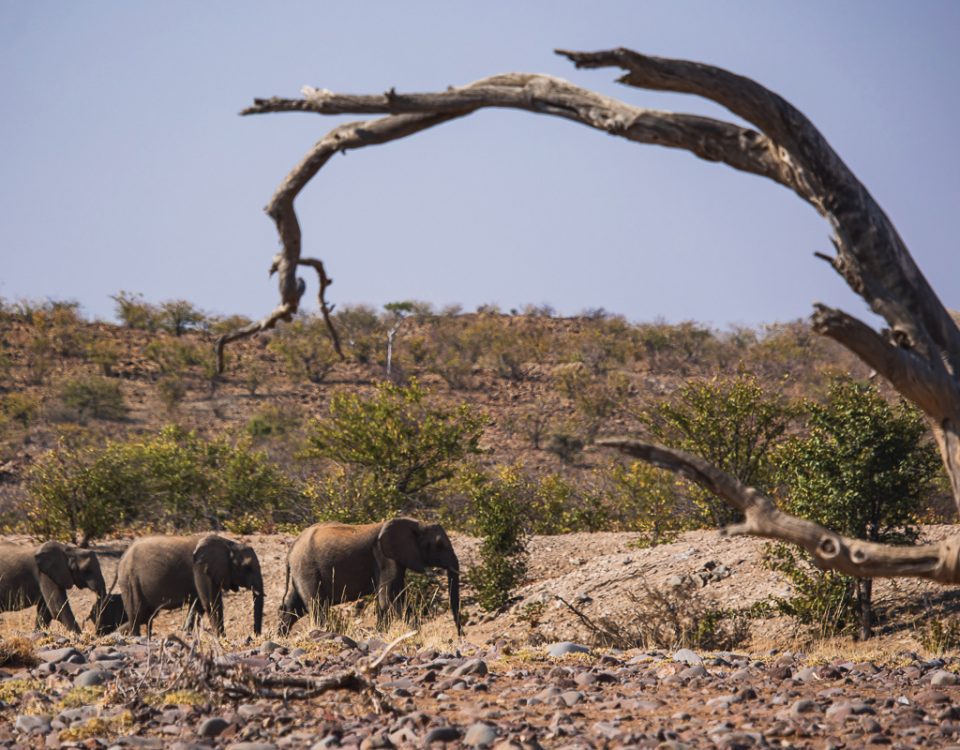Namibia’s Heritage Sites
April 2, 2015NEW | Travel News Namibia Autumn 2015
April 10, 2015Compiled Sanet van Zijl
The earliest known inhabitants of Namibia are the San (Bushmen), who belong to the Khoesan peoples. Generally short in stature, they have light yellowish-brown skins, while their language, which differs among the different groups, is characterized by numerous clicking sounds.
The wealth of rock paintings and engravings found in mountains and hills throughout Namibia bear witness to the Bushmen’s former habitation in many parts of the country. The oldest rock art dates back some 28 000 years. Examples are the famous White Lady painting of the Brandberg and the rock engravings at Twyfelfontein, one of the richest collections in Africa.
Social Structure and Lifestyle
Renowned as great storytellers, the San express themselves eloquently in prose, music, mimicry and dance. Their simplest instrument is the hunter’s bow, strung with animal hair and played with a hollowed-out melon or an empty tin can as a sound box.
Moth cocoons filled with stones or seeds are attached around their ankles to provide rhythm while they dance.
The San are divided into three groups: the Hai||om (who traditionally inhabited Etosha) in the northern districts of Otavi, Tsumeb and Grootfontein; the Qgu (!Kung) and the Ju/’Hoansi in Bushmanland and the Gobabis District; and the Khoe or Mbarakwengo in West Zambezi.
While a small number of these legendary people still practice their traditional, nomadic lifestyle, the majority lead a settled existence in villages, having been influenced by Western culture, economies and lifestyles.
Traditional San Crafts
For centuries, the San have adorned themselves with beadwork. Glass beads were traded or new beads were fashioned from ostrich eggshell. The techniques of making jewellery and other items such as collecting bags from animal skin have changed little.
Production of such items is often shared. Beads, for example, are carved by the men and threaded by the women. Most materials used, such as seeds, segments of porcupine quills, nuts, roots and berries, are collected in the bush. Functional items, such as bags traditionally used for collecting wild fruit and berries, or storing tobacco and matches, are made from softened antelope skin.
Crafts produced in the Omaheke Region are marketed by the Omaheke San Trust, an organization that provides a livelihood to hundreds of marginalized Bushman families living in the region. G!hunku Crafts is situated next to the Nyae Nyae Conservancy office in Tsumkwe, well positioned for tourists to stop by on their way to Boswana or the Khaudum National Park. This is a community-based craft project selling traditional San ostrich eggshell and tamboti-wood jewellery, amongst other traditional items.






1 Comment
Ons kry swar